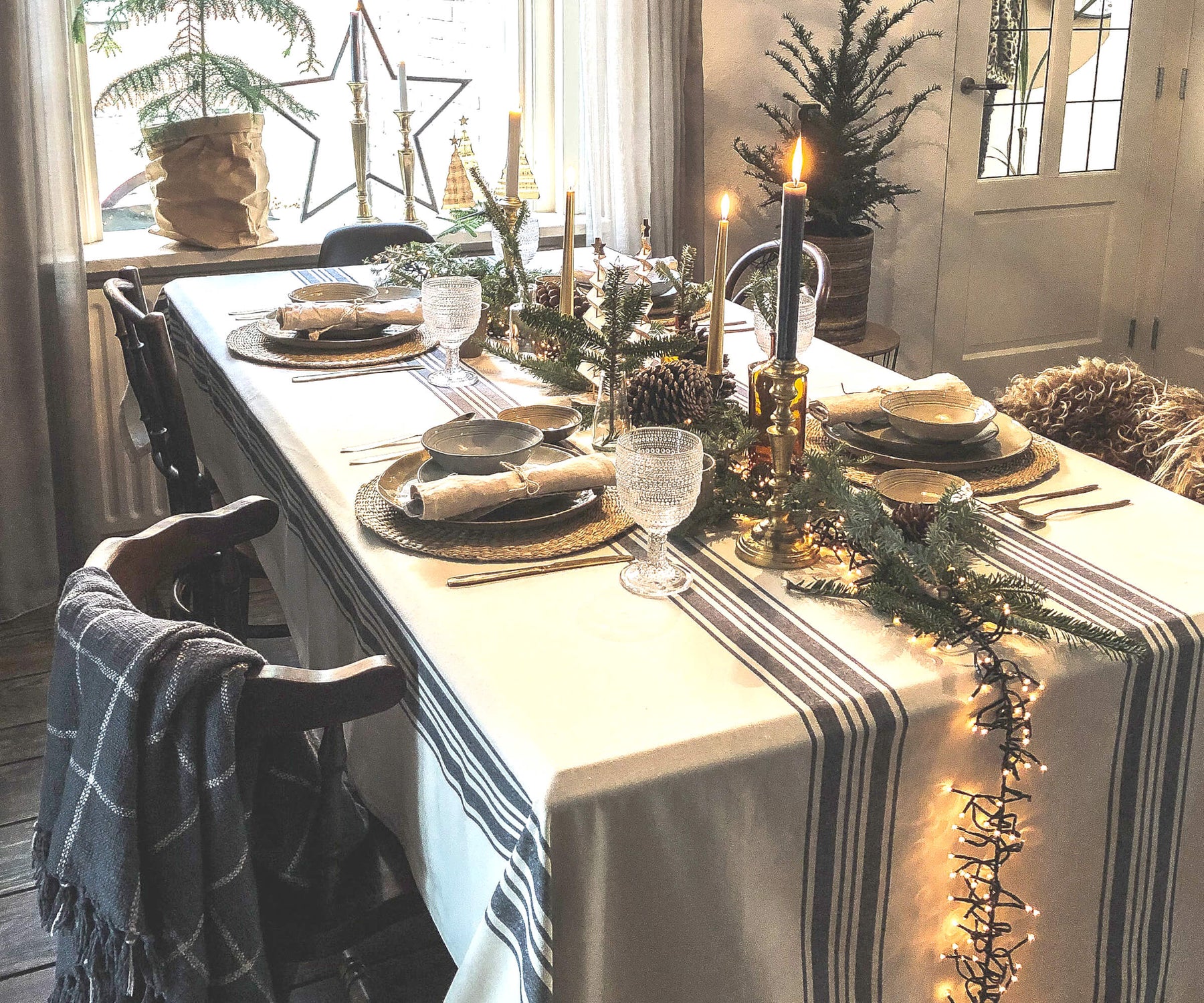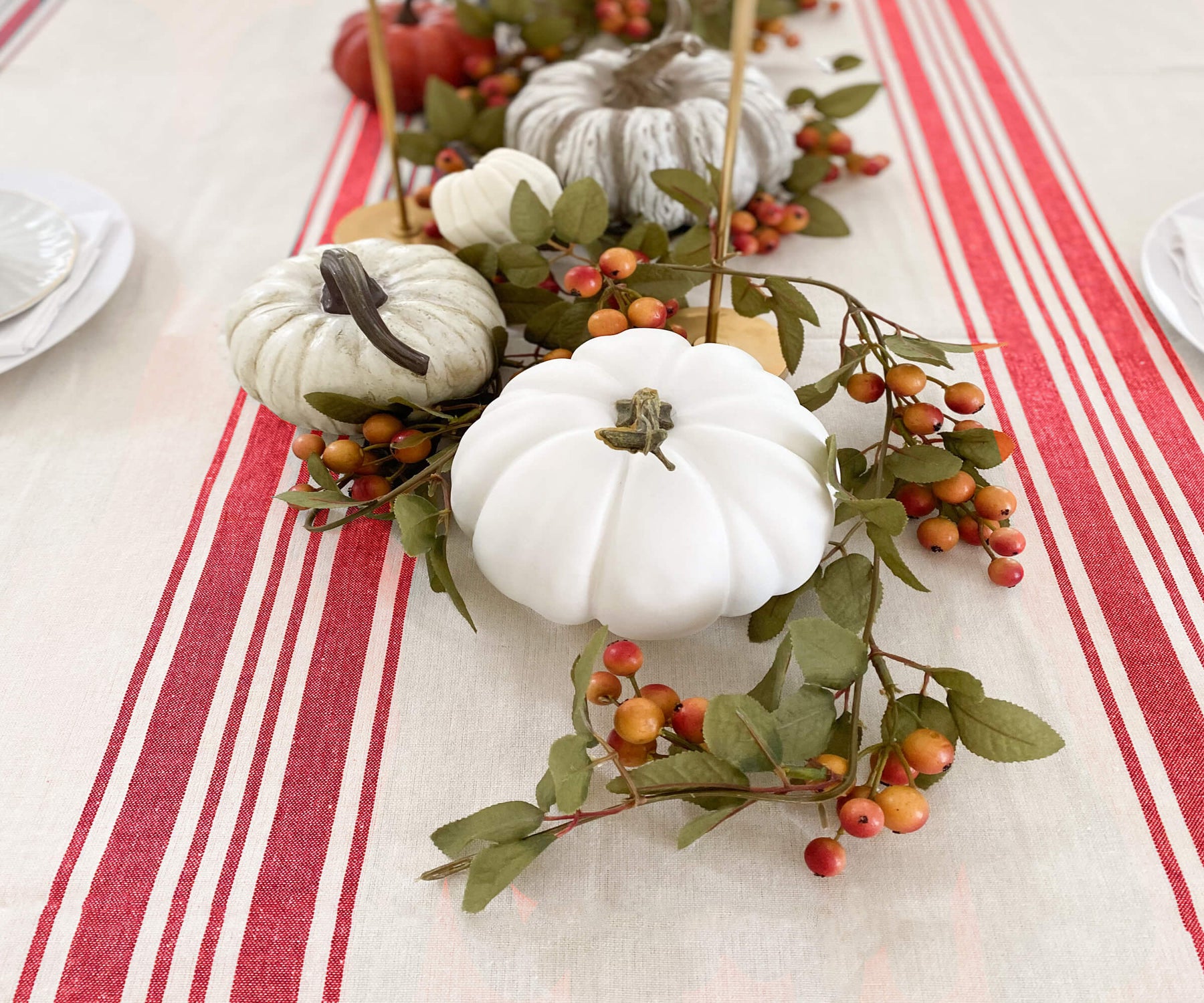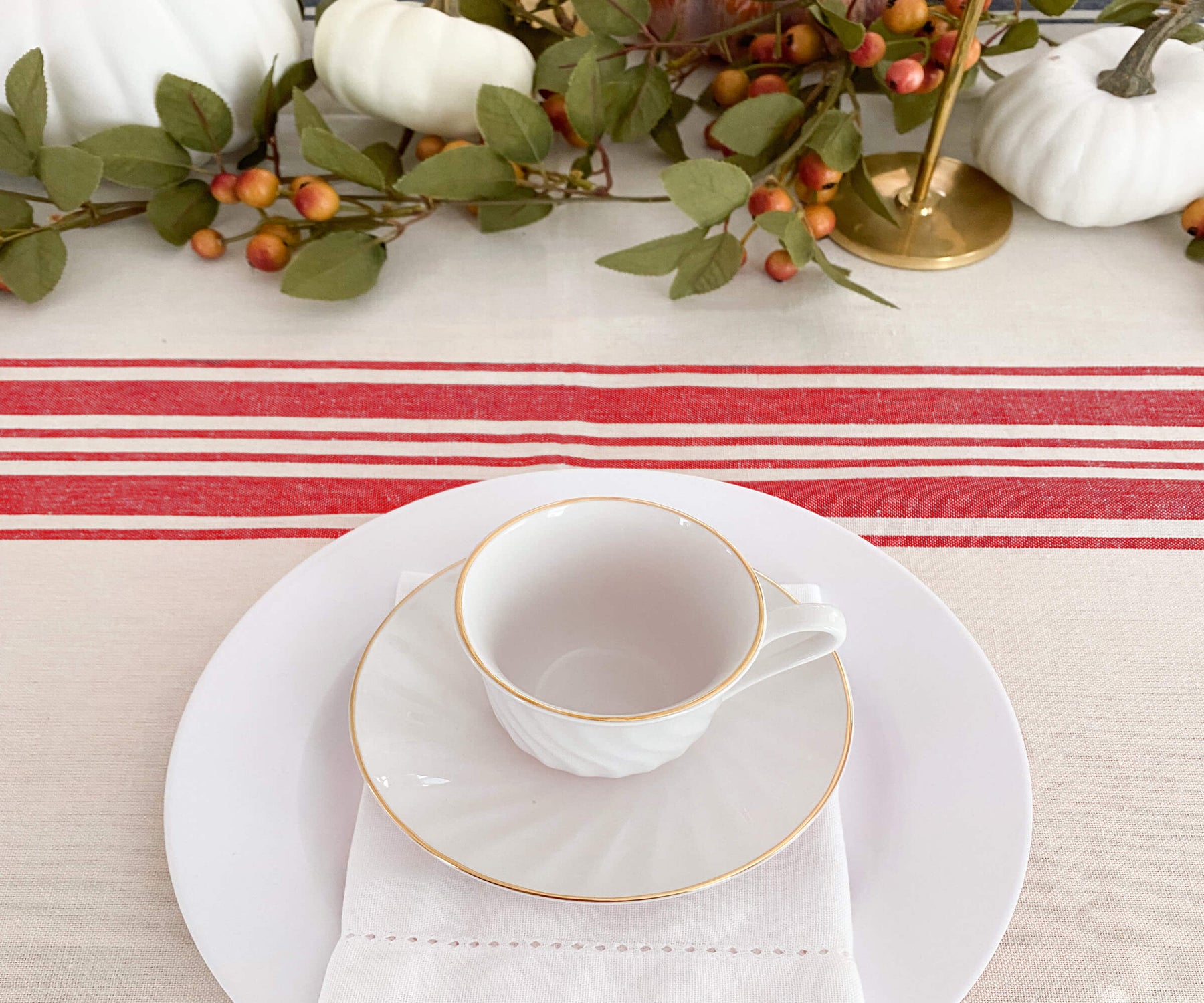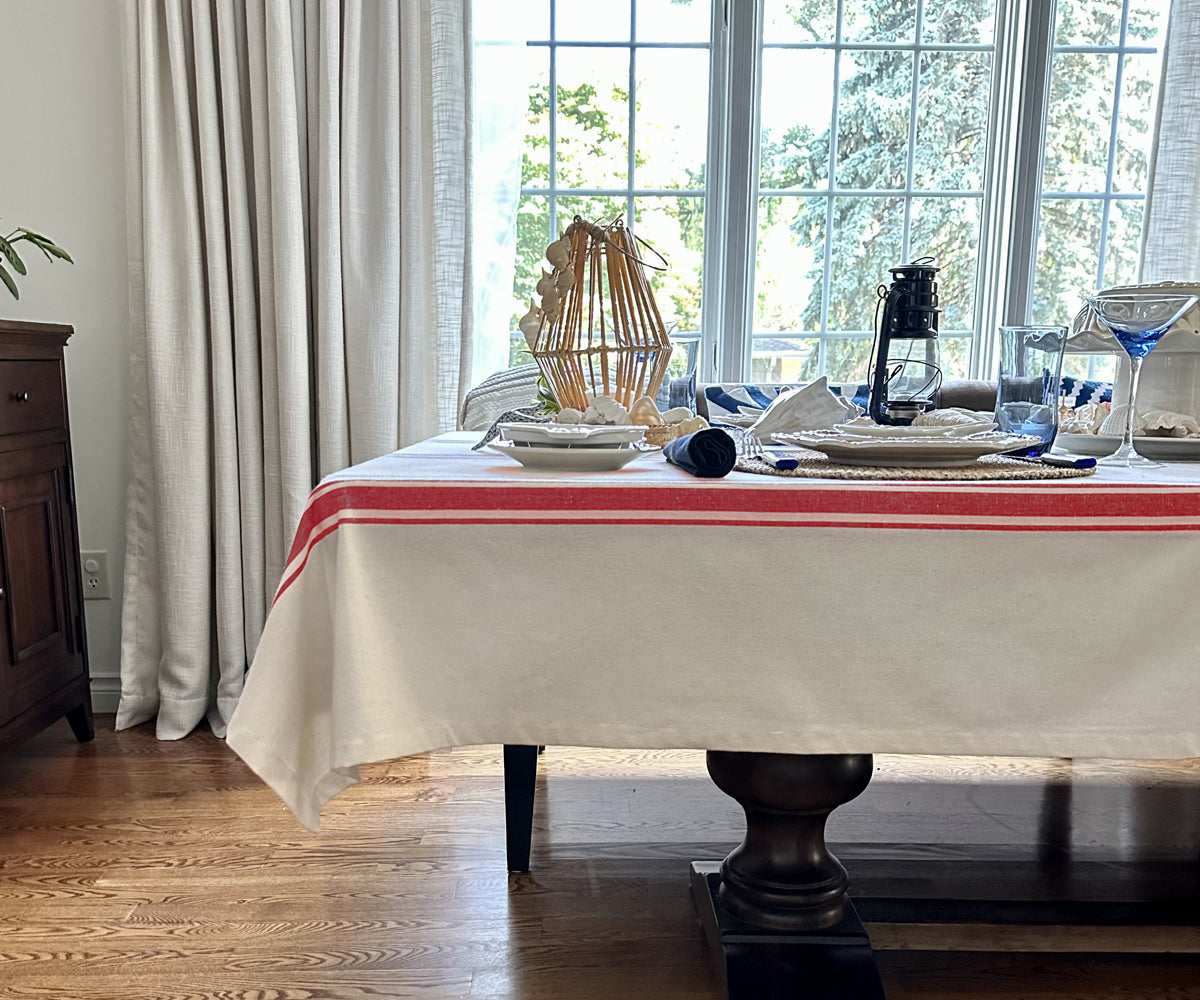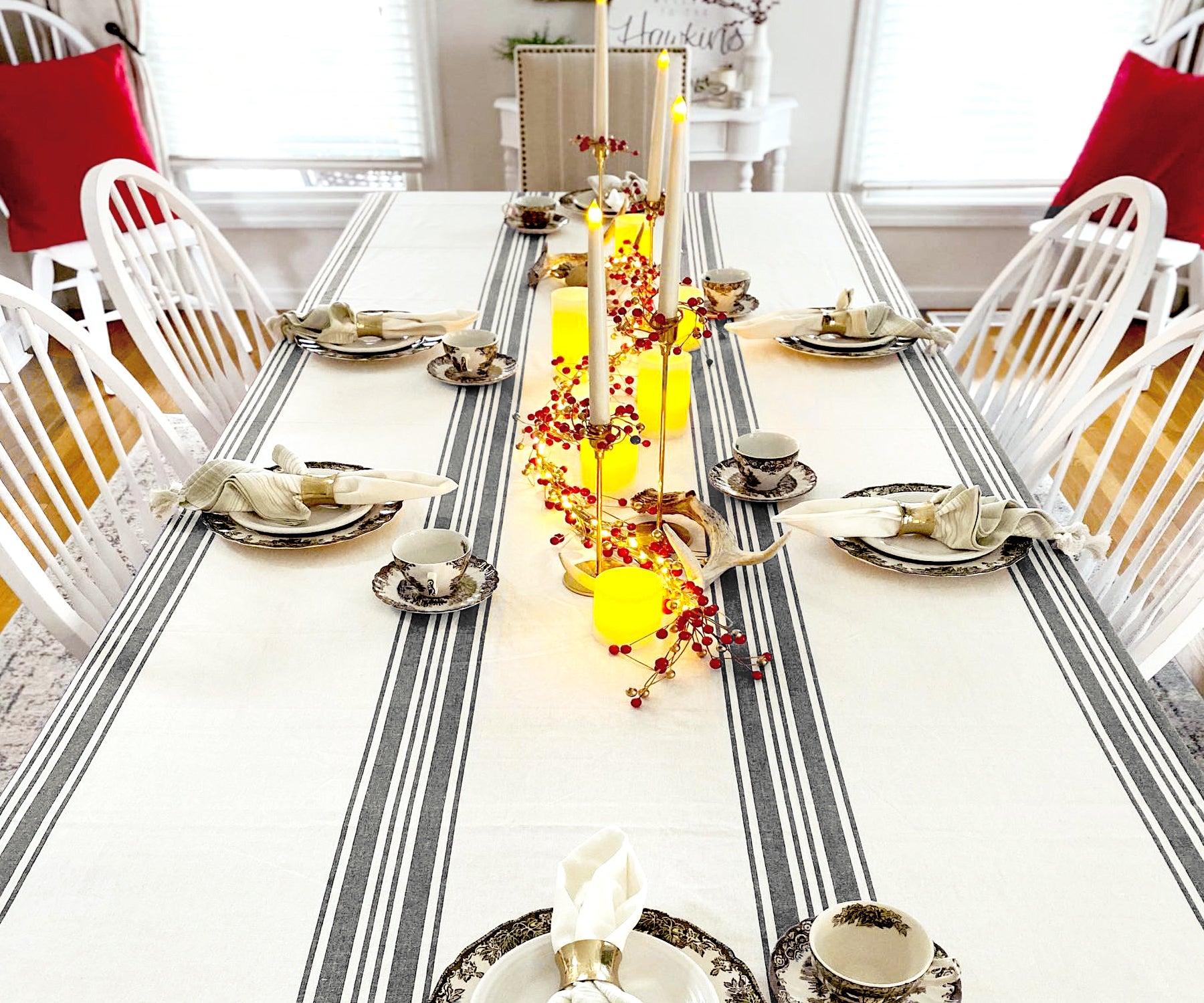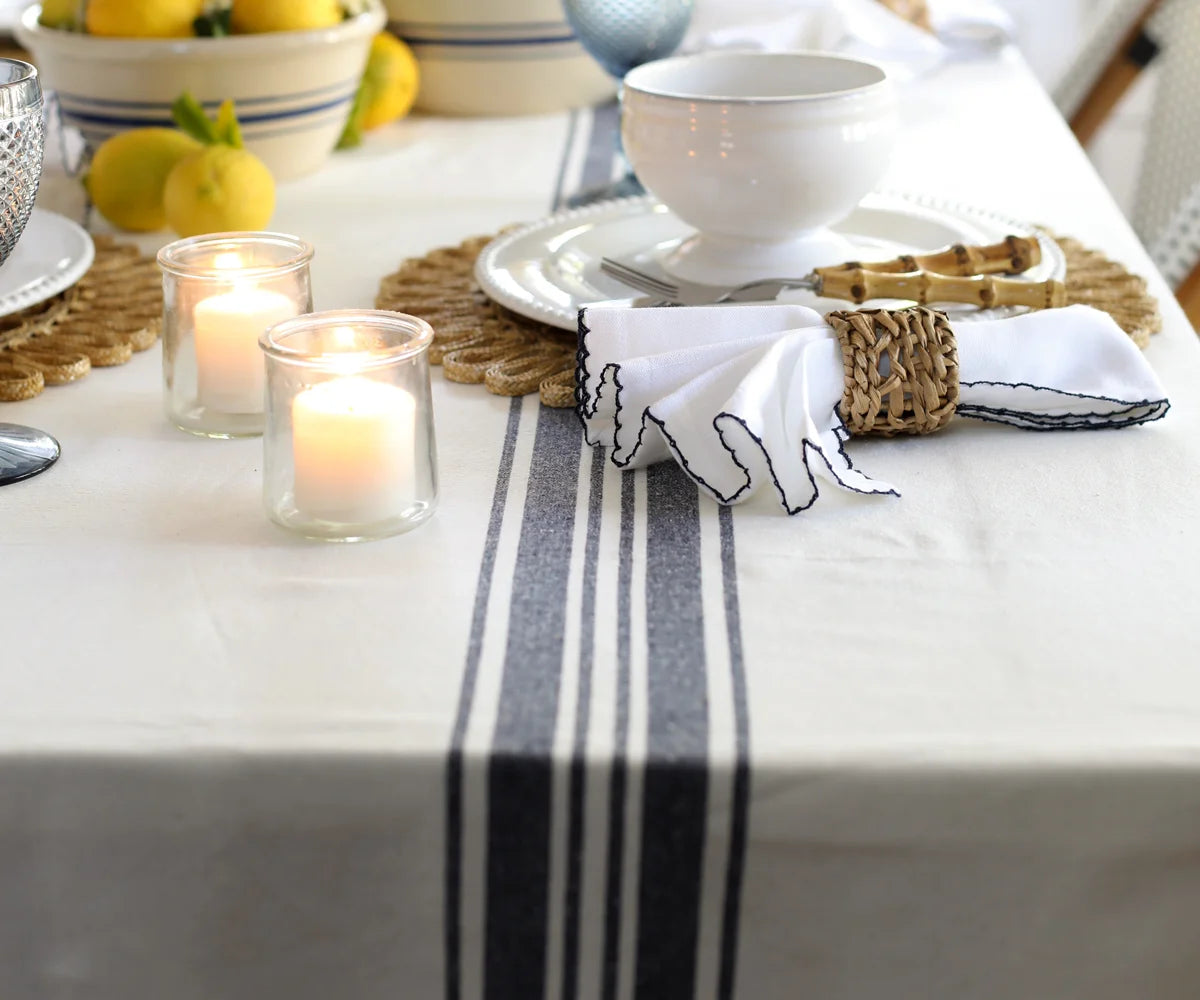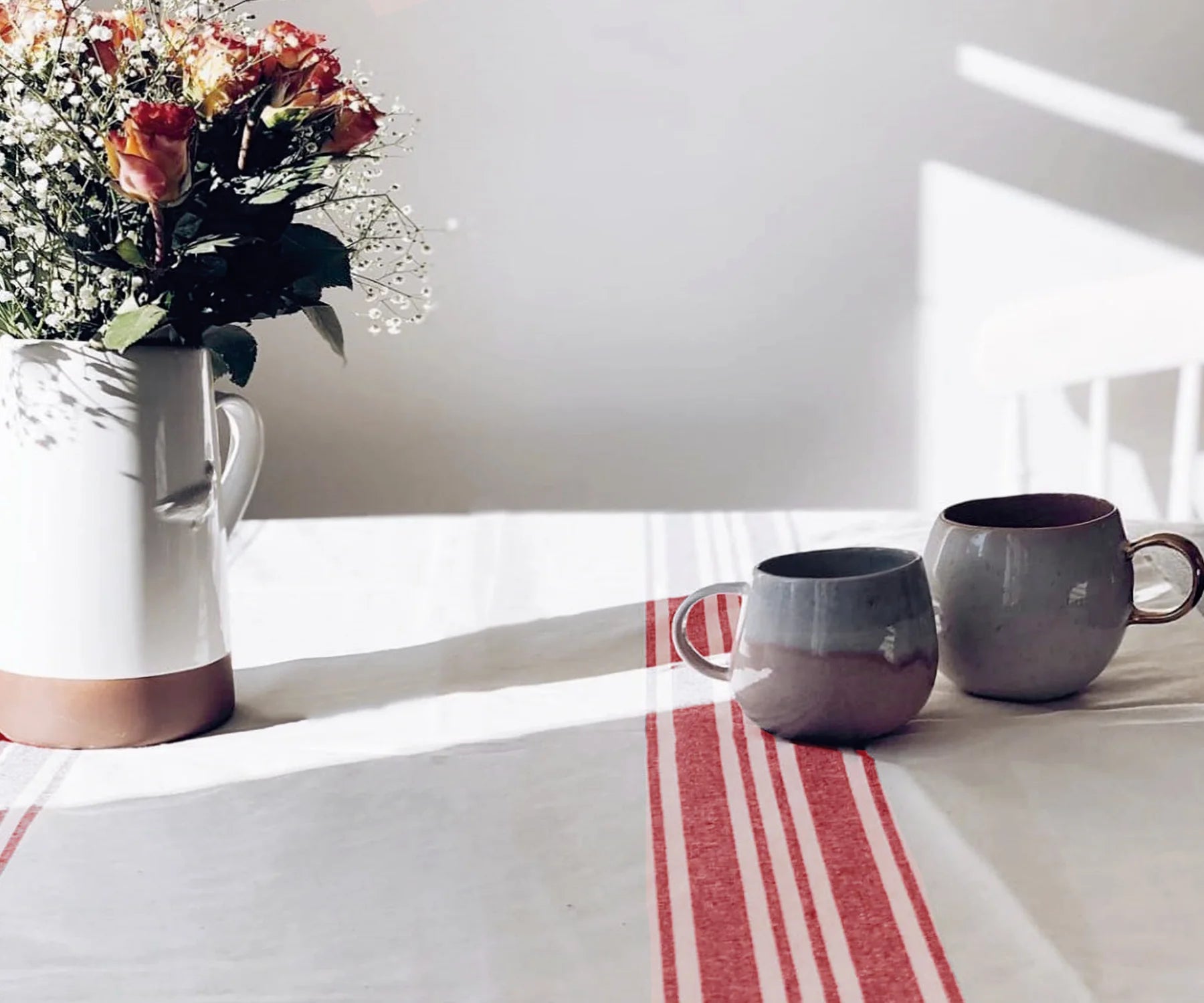What Defines a Nordic-Inspired Kitchen Style?
A Nordic-inspired kitchen style is all about simplicity, functionality, and a connection to nature. These kitchens are designed to be practical and efficient, with clean lines and minimal clutter. The focus is on creating a space that is both beautiful and easy to use, with every element serving a purpose. The overall feel is calm and inviting, making the kitchen a pleasant place to cook, eat, and gather with family and friends.

Another key feature of Nordic kitchens is their emphasis on natural light and open spaces. Large windows are often used to let in as much daylight as possible, making the space feel bright and airy. The design avoids unnecessary decorations, keeping things simple and understated. This style is about creating a cozy, warm atmosphere where everything feels in harmony.
Which Materials Are Common in Nordic Kitchen Designs?
Wood is one of the most common materials used in Nordic kitchen designs. It brings a natural warmth to the space, often appearing in countertops, cabinets, and even flooring. Light woods like oak, pine, and birch are especially popular because they help maintain the bright, open feel that is characteristic of Nordic design. These wooden elements are usually left in their natural state or lightly treated to preserve their raw beauty.

In addition to wood, Nordic kitchens often incorporate other natural materials like stone and metal. Stone countertops or backsplashes are common, providing both durability and a touch of elegance. Metal is typically used in small amounts, such as in hardware or light fixtures, to add a modern edge without overpowering the natural elements. The use of these materials ensures that the kitchen is both stylish and long-lasting.
What Colors Work Best in a Nordic Kitchen?
The color palette in a Nordic kitchen is typically light and neutral. White is a dominant color, often used for walls, cabinets, and countertops to create a clean and spacious look. Soft grays and light beige tones are also popular, adding subtle contrast without disrupting the calm atmosphere. These neutral colors help reflect light, making the space feel even brighter and more open.

In addition to these base colors, a Nordic kitchen may include small pops of color to add interest. These accents are usually muted shades like dusty blues, gentle greens, or soft pastels, which complement the natural materials and maintain the overall serenity of the design. The key is to keep the color scheme simple and harmonious, reinforcing the peaceful and welcoming vibe of the kitchen.
Also Read: How to Incorporate Gray & Coral Minimalist Tablescapes into Your Design?
Create a Nordic-Inspired Kitchen
1. Highlight Minimalism
At the heart of Nordic design is minimalism, a concept that emphasizes simplicity and functionality without unnecessary clutter. The key to achieving a minimalist kitchen is to focus on clean lines and open spaces.
- Choose simple cabinetry: Opt for flat-front cabinets in neutral colors like white, grey, or light wood. The absence of ornate details or elaborate finishes keeps the look clean and streamlined.
- Keep countertops clutter-free: Store kitchen gadgets, utensils, and small appliances out of sight. A clutter-free countertop not only enhances the aesthetic but also makes your kitchen more functional.
- Integrate storage solutions: Use built-in shelves, pull-out drawers, and concealed storage to keep your kitchen organized. This ensures that everything has a place, reducing visual clutter.
2. Utilize Natural Light
Natural light plays a significant role in Scandinavian design. The long, dark winters in the Nordic countries have made bright, airy spaces a necessity.

- Maximize windows: If possible, expand your windows or opt for large, floor-to-ceiling glass panels. This allows natural light to flood the space, making it feel open and inviting.
- Choose light colors: White or light-colored walls reflect light and make the room appear larger. Pair this with light wood flooring to create a warm, cohesive look.
- Use sheer curtains: If you need privacy, opt for sheer curtains that allow light to pass through while still providing some coverage.
3. Incorporate Natural Materials
Nature-inspired elements are a cornerstone of Nordic design. Incorporating sustainable materials like wood, stone, and metal helps to bring a sense of warmth and authenticity to your kitchen.
- Wooden accents: Light woods such as oak, pine, or ash are common in Scandinavian kitchens. Use these for countertops, cabinetry, or even as ceiling beams to add warmth and texture.
- Stone surfaces: Consider using stone for your countertops or backsplash. Materials like marble, granite, or soapstone not only add elegance but also offer durability.
- Metal finishes: Opt for brushed or matte metal fixtures in muted tones. Stainless steel or brass can add a modern touch while maintaining the overall natural feel.
4. Focus on Functionality
Functionality is at the core of every Nordic kitchen. Every element should serve a purpose, and the design should enhance the usability of the space.

- Efficient layout: The layout of your kitchen should prioritize functionality. The work triangle (the distance between the stove, sink, and refrigerator) should be optimized for ease of use.
- Multipurpose furniture: Choose furniture that can serve multiple functions, like a kitchen island with storage underneath or stools that can be tucked away when not in use.
- Smart appliances: Integrate modern appliances that not only save space but also improve efficiency. Built-in ovens, under-counter refrigerators, and induction cooktops are great choices for a streamlined look.
5. Add Warmth with Textures
While Nordic design is known for its simplicity, it’s important to add warmth to prevent the space from feeling too sterile. Texture plays a crucial role in this.

- Textile accents: Incorporate soft textiles like linen, wool, or cotton in the form of cushions, rugs, or tea towels. These add warmth and make the kitchen feel cozier.
- Layered materials: Mix different materials like wood, metal, and stone to create depth. For example, pair a wooden dining table with metal chairs and a stone countertop.
- Soft lighting: Use pendant lights with warm bulbs to create a cozy atmosphere. Consider adding under-cabinet lighting to illuminate your workspace and enhance the mood.
6. Choose a Neutral Color Palette
A neutral color palette is essential for achieving the Scandinavian look. This doesn’t mean your kitchen has to be devoid of color, but the overall scheme should be calming and cohesive.
- White and grey tones: Start with a base of white or grey for the walls, cabinetry, and major furniture pieces. These colors make the space feel larger and more open.
- Accents in muted hues: Add pops of color with soft, muted tones like sage green, dusty pink, or light blue. These can be introduced through accessories, plants, or artwork.
- Contrast with black: Black accents can add a modern touch to your Nordic kitchen. Use them sparingly in hardware, light fixtures, or trim to create a striking contrast.
7. Incorporate Greenery
Bringing the outdoors in is a key principle of Nordic design. Plants add life, color, and a connection to nature, which is essential in a Scandinavian kitchen.

- Houseplants: Place potted plants on windowsills, shelves, or countertops. Choose low-maintenance varieties like succulents, ferns, or spider plants.
- Herb garden: Consider growing a small herb garden in your kitchen. Fresh herbs not only enhance your cooking but also add a lovely scent and vibrant greenery.
- Hanging plants: For a more dynamic look, incorporate hanging plants. These can be suspended from the ceiling or mounted on the walls to save counter space.
8. Opt for Simple, Functional Decor
In Nordic design, less is more when it comes to decor. The focus should be on functional, beautiful items that enhance the space without overwhelming it.
- Practical accessories: Choose kitchen tools and accessories that are both functional and aesthetically pleasing. For example, wooden cutting boards, ceramic bowls, and glass jars can double as decor when displayed on open shelves.
- Art and prints: Add a personal touch with minimalist art or prints that complement your color scheme. Opt for black and white photography or simple line drawings to maintain the clean look.
- Statement lighting: A well-chosen light fixture can serve as both a functional element and a piece of art. Consider a sculptural pendant light or a series of minimalist sconces to add interest.
9. Create a Cozy Dining Area
A cozy dining area is an important aspect of a Nordic-inspired kitchen. This space should be inviting and comfortable, encouraging family and friends to gather.
- Small, intimate tables: Choose a table that fits comfortably within your space. Round tables are great for smaller areas, while a rectangular table works well in larger kitchens. To enhance the cozy atmosphere, consider using a simple, elegant tablecloth that complements your kitchen’s color scheme. Soft, natural fabrics like linen or cotton work well, adding a touch of warmth and texture.
Additionally, matching napkins can elevate the dining experience, making even a small meal feel special. Opt for cloth napkins in subtle, coordinating colors or patterns to maintain the harmonious look. This attention to detail helps create a welcoming and intimate dining area, perfect for everyday meals or small gatherings.
- Comfortable seating: Opt for chairs with soft cushions or upholstered seats to enhance comfort. Benches can also be a great space-saving option that adds a casual vibe.
- Soft lighting: Use warm, dimmable lighting in the dining area to create a relaxed atmosphere. Candles are also a popular choice in Nordic design for adding a cozy touch.
10. Personalize with Thoughtful Details
While minimalism is key, it’s important to add personal touches that make your kitchen feel like home.

- Family heirlooms: Incorporate items that have sentimental value, like a vintage teapot or a set of hand-me-down dishes. These add character and tell a story.
- Unique finds: Display items you’ve collected from travels or local artisans. Handmade ceramics, woven baskets, or handcrafted utensils can add a unique touch.
- Functional decor: Choose decor items that serve a purpose, like a beautifully designed salt and pepper grinder or a stylish fruit bowl. This aligns with the Nordic principle of functional beauty.











